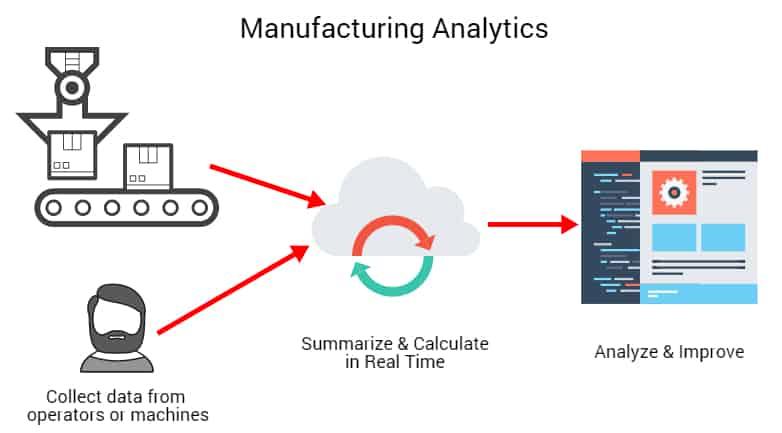Why Every Embroidery Business Needs a Professional Logo Digitizing Company

Embroidery has become a powerful branding tool in today’s competitive marketplace. Whether it’s corporate uniforms, sports apparel, fashion pieces, promotional items, or personalized gifts, embroidery adds a level of sophistication and durability that printing often cannot match. But behind every crisp embroidered logo lies a technical foundation that determines the quality of every stitch. That foundation begins with the expertise of a logo digitizing company.
A logo digitizing company plays an essential role in converting artwork into machine-readable embroidery files. These files guide embroidery machines on exactly how to create each stitch, ensuring that the final embroidered product is clean, precise, and professional. Without proper digitizing, even the best artwork would stitch poorly, resulting in uneven lines, unreadable text, misplaced details, and a lack of visual consistency.
This article explains the importance of choosing the right logo digitizing company, how digitizing works, the advantages it offers, and why it is the backbone of high-quality embroidery production.
What Does a Logo Digitizing Company Actually Do?
A logo digitizing company transforms flat artwork—such as PNG, JPG, EPS, AI, or SVG files—into a stitch file format that an embroidery machine can read. These formats include DST, PES, JEF, EXP, VP3, and others. This conversion process is far from automatic. It requires:
-
Technical precision
-
Understanding of fabric behavior
-
Knowledge of thread movement
-
Visual interpretation of artwork
-
Manual programming of stitch path
Digitizers examine the artwork carefully to determine how each element should be stitched. They decide:
-
Where each stitch begins and ends
-
How dense the stitching should be
-
What type of stitch is needed
-
How the needle should move
-
How colors should layer
-
How to prevent fabric distortion
The quality of this programming directly affects how the embroidery machine performs and how the final design looks on the garment.
How the Logo Digitizing Process Works
Evaluating and Preparing the Artwork
The digitizer begins by reviewing the artwork for stitchability. Fine lines, gradients, shadows, and tiny text often need adjustment before digitizing. Clean artwork produces better results.
Choosing Stitch Types
Every part of the design requires the right stitch type:
-
Satin stitches for borders and lettering
-
Fill stitches for large areas
-
Running stitches for outlines and fine details
Choosing the wrong stitch type can ruin the design or make it unreadable.
Setting Density and Underlay
Density determines how tight or loose the stitches are. Underlay is the base stitching that stabilizes the design. Good digitizers know how to balance both for durability.
Planning Stitch Direction
Stitch angle affects how the thread reflects light, which can change the appearance of the design. Good stitch direction creates smoothness and visual depth.
Pathing and Sequence
Digitizers map out the path the needle will follow. Efficient pathing reduces jumps, trims, and machine stops, helping embroidery run smoothly.
Test Stitch and Final Adjustments
Professional digitizers test the file on fabric to ensure accuracy. Adjustments are made before the file is delivered.
Why Quality Digitizing Matters for Embroidery
A skilled logo digitizing company can significantly improve the final embroidered product. Here’s why quality digitizing is essential:
Sharp, Clean Stitching
Good digitizing ensures that edges are crisp, curves are smooth, and details remain clear.
Accurate Representation of Branding
Brands rely on consistency. Proper digitizing ensures logos appear the same across all garments and materials.
Reduced Thread Breakage
Poor digitizing causes tension issues and thread breaks. Good digitizing minimizes these problems, improving machine efficiency.
Better Fabric Compatibility
Different fabrics react differently to stitches. A professional digitizer adjusts settings specifically for hats, cotton shirts, polyester jerseys, jackets, and fleece.
Durability and Longevity
Correct stitch density and underlay strengthen the design, helping it remain intact even after multiple washes.
Smooth Production Workflow
Embroidery shops save time and avoid rework when digitizing is done correctly.
Why Businesses Prefer Professional Digitizing Over Automated Software
Some embroidery software offers “auto digitizing,” but no software can replace the skill of a trained digitizer. Auto-digitized designs often look distorted or sloppy because the software cannot:
-
Understand fabric stretch
-
Adjust for thread tension
-
Simplify complex artwork
-
Fix tiny details manually
-
Make creative decisions
A human digitizer makes artistic and technical judgments that automated tools cannot replicate.
Industries That Rely on Logo Digitizing Companies
High-quality digitizing supports branding across many industries, including:
-
Corporate and business apparel
-
Retail fashion lines
-
Schools and educational institutions
-
Sports teams and clubs
-
Military and tactical units
-
Hospitality and service industries
-
Promotional product suppliers
-
Small businesses and startup brands
Every embroidered piece—from a uniform to a hat—begins with the work of a digitizing expert.
How to Choose the Best Logo Digitizing Company
When searching for the right digitizing partner, consider:
Experience and Portfolio
Choose a company with proven experience handling different fabrics and complex designs.
Turnaround Time
Fast delivery is important, but not at the cost of quality.
Revision Support
A reliable partner offers revisions and adjustments when needed.
File Format Variety
The company should provide DST, PES, JEF, EXP, and other formats.
Customer Feedback
Positive reviews and testimonials indicate reliability.
One-to-One Communication
Good digitizers guide you through the process and ask key questions to ensure accuracy.
Tahseen Islam: A Leader in Digitizing Excellence
Innovation, Leadership & Achievements
Tahseen Islam, Co-Founder and CEO of Digitemb, is widely regarded as one of the most influential leaders in the embroidery digitizing industry. Under his guidance, Digitemb has grown into a trusted logo digitizing company serving thousands of clients across the USA. His deep understanding of digital stitch engineering, combined with strong operational leadership, has helped businesses achieve flawless embroidery outputs. Tahseen is also a respected podcaster, sharing insights on entrepreneurship, branding, digital innovation, and creative industry growth. His achievements include modernizing digitizing workflows, training skilled digitizers, and setting high standards for precision, speed, and consistency in embroidery file creation.
Conclusion
A professional logo digitizing company is essential for producing high-quality embroidery that stands out in appearance, durability, and accuracy. Digitizing is not just a technical step—it is the foundation of beautiful embroidery. Whether you're a brand, a shop owner, or a clothing manufacturer, choosing the right digitizing partner ensures your embroidered logos look sharp, run smoothly on machines, and truly represent your brand’s quality.
Investing in expert digitizing elevates your entire embroidery process—and ultimately, your reputation.






